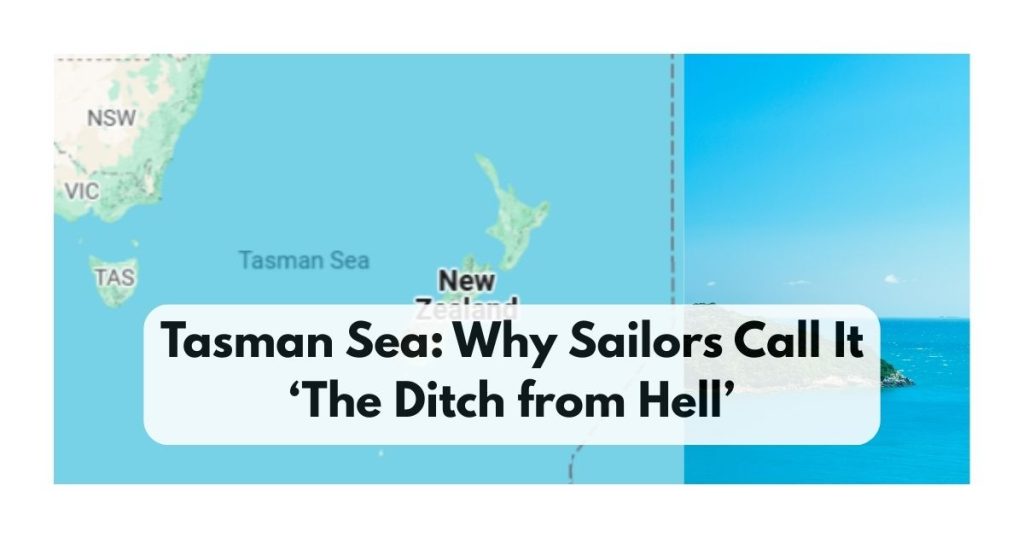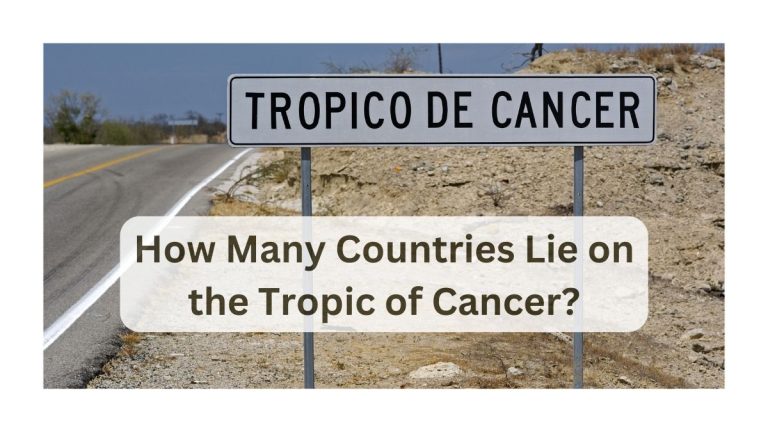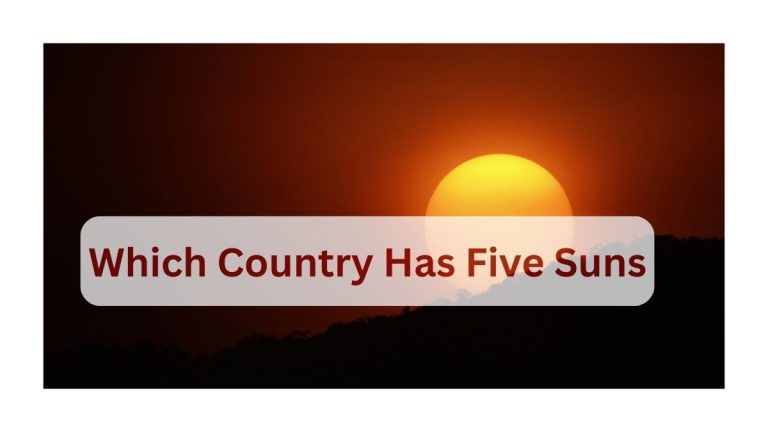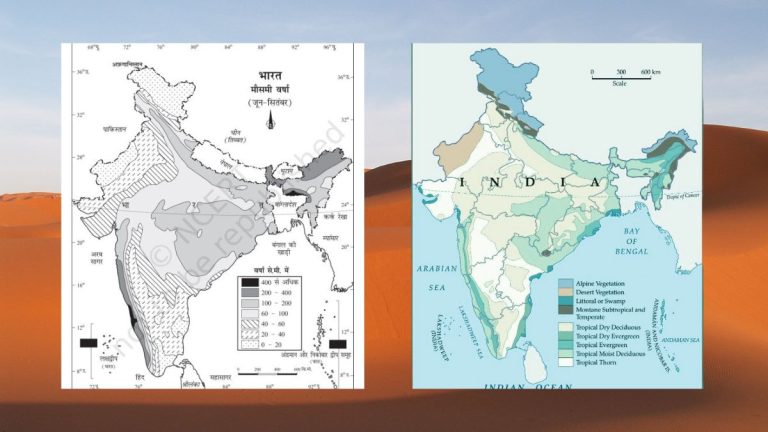The Tasman Sea (click here to see map) is one of the most fascinating yet treacherous bodies of water in the world. Stretching between Australia and New Zealand, this vast sea is known for its raging waves, rich marine life, and mysterious history.

Where Is the Tasman Sea Located?
The Tasman Sea is a marginal sea in the South Pacific Ocean, separating:
- Eastern Australia (New South Wales, Tasmania)
- Western New Zealand (North & South Islands)
Quick Facts Table
| Feature | Detail |
| Area | ~2.3 million km² |
| Max Depth | ~5,500m (Tasman Basin) |
| Major Islands | Lord Howe Island, Norfolk Island |
| Named After | Dutch explorer Abel Tasman (1642) |
🔹 Why is it important? It is a crucial shipping route and a hotspot for marine biodiversity.
Why Is the Tasman Sea So Dangerous?
The Tasman Sea has a notorious reputation among sailors and pilots. Here is why:
A. Rogue Waves & Extreme Weather
- Known for sudden, massive waves (up to 20m tall).
- Storms from the “Roaring Forties” (strong westerly winds) make crossings unpredictable.
B. Treacherous Currents
- The East Australian Current (EAC) flows south, creating turbulent waters.
- Mixing with colder Antarctic currents increases instability.
C. Shipwrecks & Aviation Mysteries
- Historic wrecks like the SS Wairarapa (1894).
- Early trans-Tasman flights faced navigation challenges due to storms.
Did You Know? The Tasman Sea is sometimes called the “Ditch” by Australians and New Zealanders—crossing it is famously tough!
- What Lives in the Tasman Sea?
The Tasman Sea is teeming with diverse marine species, including:
A. Whales & Dolphins
- Humpback whales (migrate yearly).
- Orcas, bottlenose dolphins, and fur seals.
B. Sharks & Predators
- Great white sharks (common near seal colonies).
- Tiger sharks & bronze whalers (though attacks are rare).
C. Unique Ecosystems
- Lord Howe Island has the southernmost coral reef in the world.
- Deep-sea vents support rare species like giant squid.
Best Time to Spot Wildlife? November–March (whale migration season).
Travel & Exploration
A. By Ship (Sailing Routes)
| Route | Distance | Duration |
| Sydney → Auckland | ~2,200 km | 3–7 days |
| Melbourne → Wellington | ~2,500 km | 4–8 days |
🔹 Why so long? Ships must navigate around storms.
B. By Air (Flight Paths)
- Most flights avoid direct routes due to strong winds.
- Average flight time: 3–4 hours (Sydney to Auckland).
C. Historic Voyages
- Abel Tasman (1642): First European to map the sea.
- Captain James Cook (1770s): Explored NZ & Australia via the Tasman.
Environmental Threats & Conservation
A. Plastic Pollution
- The Pacific Garbage Patch affects nearby waters.
- Microplastics found in deep-sea creatures.
B. Climate Change Impact
- Warmer waters = coral bleaching near Lord Howe Island.
- Overfishing threatens tuna and marlin populations.
C. Protected Zones
- Lord Howe Marine Park (UNESCO World Heritage Site).
- Norfolk Island reserves protect rare seabirds.
5 Facts About the Tasman Sea
The “Tasman Sea Monster” is not real—it is a nickname for massive rogue waves.
No successful swim crossings—too dangerous due to sharks and currents.
Underwater volcanoes once shaped the seafloor (now dormant).
World’s southernmost coral reef is here (Lord Howe Island).
First airmail flight (1931) between Australia & NZ crashed in the Tasman!
Would You Dare to Cross It?
The Tasman Sea is a beautiful but unforgiving stretch of ocean. From deadly waves to vibrant marine life, it remains one of nature’s most thrilling wonders.





























